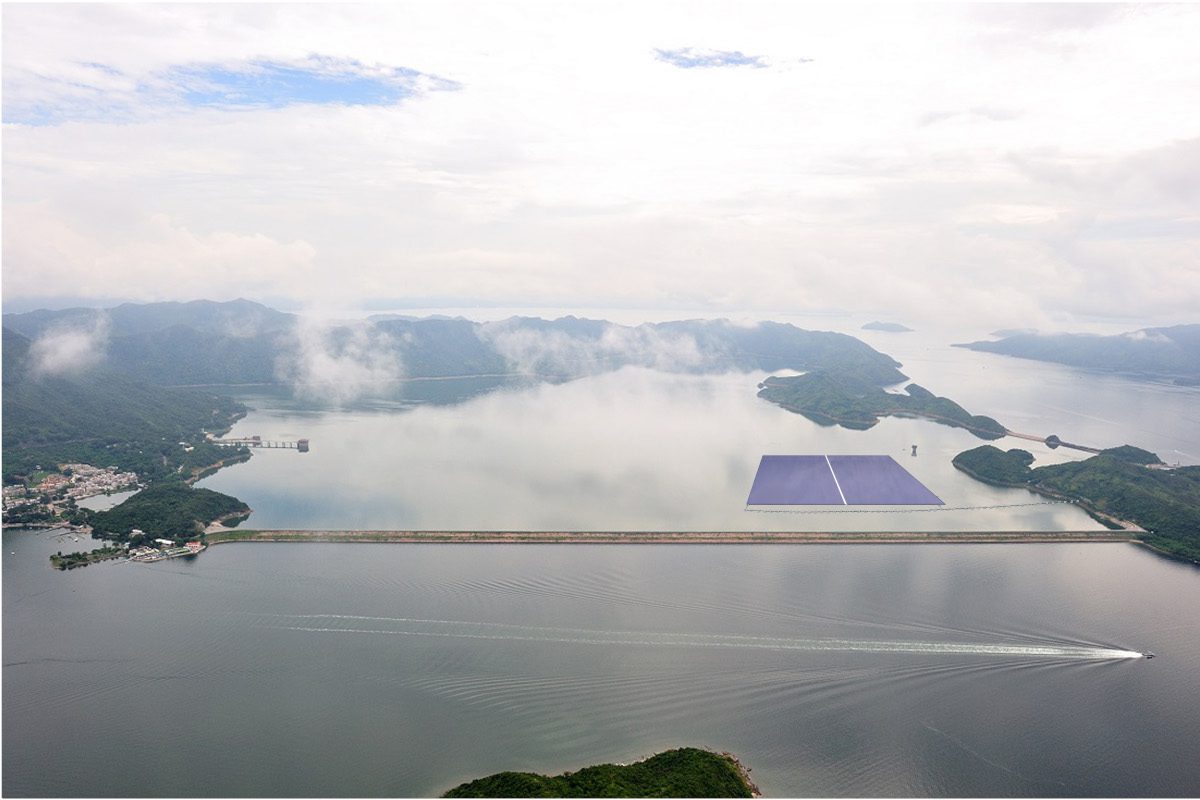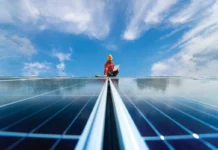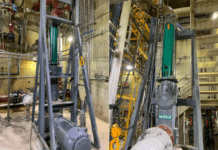
The Government of the Hong Kong SAR is introducing an innovative floating solar farm to overcome limited land resources as it pursues its plan to achieve carbon neutrality by 2050.
The floating solar farm at Plover Cove Reservoir is part of Hong Kong’s Climate Action Plan 2050, which draws on renewable energy as a key strategy.
Binnies Hong Kong, part of the RSK Group, has been involved in the project for the Water Supplies Department since a feasibility study was completed in January 2021, which determined the optimal power capacity.
Further work has involved the design of an anchoring system capable of withstanding typhoon wind and wave conditions and a preliminary environmental review. The planned construction period is about 18 months, commencing in Q1 2025.
Binnies Director of Projects Justin Searle said: “The development of large-scale solar farms is new to Hong Kong and it’s exciting to be at the forefront of several new initiatives, including floating solar on reservoirs and also land-based systems on closed landfills.
“In view of the limited land resources in Hong Kong, which are currently prioritised for housing, these new solar power initiatives provide beneficial use of spaces that have very limited scope for other types of development.”
He said the Plover Cove Reservoir project had been designed to help the Hong Kong Water Supplies Department decarbonise its operations at Harbour Island Raw Water Pumping Station. The 5 MW project will generate the equivalent of the power required for 1800 households; however, the power generated from this project will be fully utilised by Water Supplies Department facilities as part of its commitment to decarbonisation. A secondary benefit of floating solar is to help conserve water resources by reducing evaporation from the covered water surface.
“A 5 MW project may appear modest but its value is significant in demonstrating the vast potential of this technology. The total water surface area of the 17 impounding reservoirs (holding raw water originating from surface run-off in the surrounding catchment area) in Hong Kong is about 23.8 km2. Even if only 10% of the available reservoir surface area were to be developed for floating solar systems in the long term, this could provide a generating capacity of about 240 MW, producing about 288 million kWh annually. This would be the equivalent of the power required for more than 85,000 households, providing a reduction of about 200,000 tonnes of CO2 emissions every year.”
The project must also take into account the high wind speeds under typhoon conditions in Hong Kong, including a floating wave-break system to attenuate the maximum wave height reaching the floating solar farm.
Justin said: “The need for the floating wave-break arises because the particularly high wind and wave conditions anticipated under extreme typhoon conditions will exceed the floating platform supplier’s design specifications. The addition of a floating wave-break is a new innovation, which increases the range of feasible locations where floating solar can be installed by including more highly exposed water bodies such as Plover Cove Reservoir.”
The successful implementation of the initial 5-MW-scale solar farm at Plover Cove Reservoir will pave the way for the future expansion of large-scale solar farms in Hong Kong, said the group. Together with a number of other carbon reduction initiatives of the HKSAR Government, these will help to bring Hong Kong closer towards achieving the goal of carbon neutrality by 2050.







